JeffieLove
No longer a newbie, moving up!
- Joined
- Feb 8, 2010
- Messages
- 1,601
- Reaction score
- 15
- Location
- Elkton, MD
- Can others edit my Photos
- Photos OK to edit
So I am going to give examples of what I want to do because I don't think this is just a simple answer lol... I tried with the last snow "storm" we got where the flakes were nice and big and fluffy and the pictures ended up looking like they were covered in dust lol...
Soooo, here's some examples of what I want to do (we have a snow storm coming through tomorrow and I want to give this a shot!):
1. http://www.dreamstime.com/teenager-and-dog-thumb4602312.jpg I like how you can actually see the snow flakes. Now, granted, my kids are 3 & 5 and I'll be taking pictures of them (hopefully) playing in the snow and not just posing, I'm trying to find an example like that...
2. Here - kid playing in the snow and the picture doesn't look gray and dusty! lol http://wwwdelivery.superstock.com/WI/223/1557/PreviewComp/SuperStock_1557R-277472.jpg
So, that is what I'm shooting for, but I couldn't seem to make it work last time we had snow... So, if anyone has suggestions or other examples or anything and can give me some "guidance" on how to make this happen, I'd greatly appreciate it
Soooo, here's some examples of what I want to do (we have a snow storm coming through tomorrow and I want to give this a shot!):
1. http://www.dreamstime.com/teenager-and-dog-thumb4602312.jpg I like how you can actually see the snow flakes. Now, granted, my kids are 3 & 5 and I'll be taking pictures of them (hopefully) playing in the snow and not just posing, I'm trying to find an example like that...
2. Here - kid playing in the snow and the picture doesn't look gray and dusty! lol http://wwwdelivery.superstock.com/WI/223/1557/PreviewComp/SuperStock_1557R-277472.jpg
So, that is what I'm shooting for, but I couldn't seem to make it work last time we had snow... So, if anyone has suggestions or other examples or anything and can give me some "guidance" on how to make this happen, I'd greatly appreciate it







![[No title]](/data/xfmg/thumbnail/35/35264-5ade32b7036391926536661aeb7491c3.jpg?1619736969)
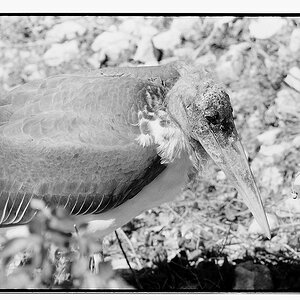
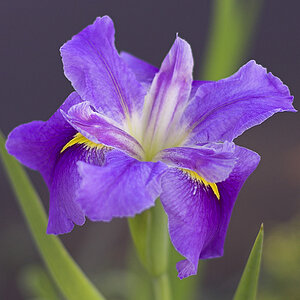
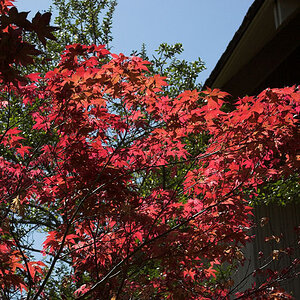
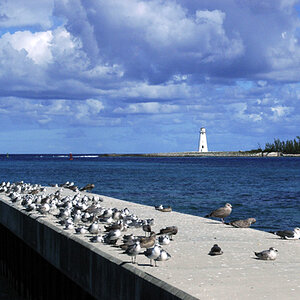
![[No title]](/data/xfmg/thumbnail/35/35262-02f8eba4a2a92dbae0b55547bba80b4f.jpg?1619736968)
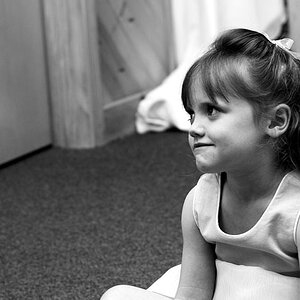

![[No title]](/data/xfmg/thumbnail/38/38726-c2f92932ae847f22fd6548bf87263976.jpg?1619738702)

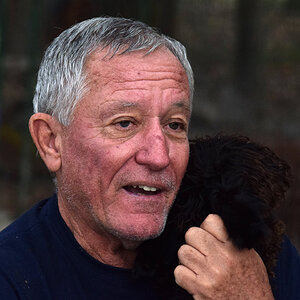
![[No title]](/data/xfmg/thumbnail/32/32930-09414fc020c2a60a456ff59a05c5ef8f.jpg?1619735759)